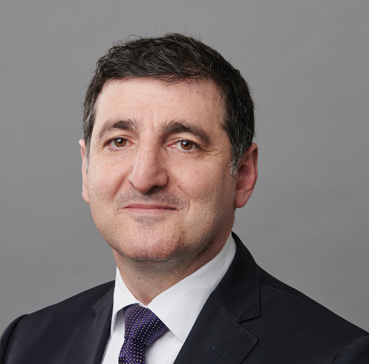Westfield Group (WDC) and Westfield Retail Trust (WRT) belong in many self-managed super funds (SMSFs) – between the two, they offer investors exposure to the global recovery while also offering a quality dividend stream compared with their peers.
A generation of returns
Westfield is very well known as the largest shopping centre operator and owner in Australia, and it has delivered both income and growth returns for investors for over a generation. The separately listed entities, WDC and WRT, offer investors exposure to their quality global operations and dividend-focused domestic entity.
WDC is a property trust, a global retail property owner and operator with exposure not only to the local market and New Zealand (via a joint venture with WRT), but also importantly to global US and UK markets. It is the quality US assets that effectively offer investors exposure to the ongoing cyclical rebound of the world’s largest economy – the United States.
WDC has a significant footprint in the listed Real Estate Investment Trust (REIT) sector domestically and globally, with a market capitalisation of around A$20.6 billion. They operate and manage 119 shopping centres and have always managed a strong development pipeline in their various markets.
International exposure
Given WDC has a large exposure in the US market, it is no surprise that it is compared to US peers. Simon Property Group (SPG US), which is twice the market cap of WDC, is the core US-listed REIT proxy, just as Westfield is the Australian market proxy and consequently, dominates the weighting in the local index.
Interestingly, year-to-date, the performance of WDC is marginally ahead of SPG US (note, Australian dollar levels are currently around the levels of three months ago), but WDC is underperforming its US peer over a one-year timeframe. Over past cycles, I have always looked for the performance of WDC to converge with global peers and their capital management has very much been best of breed.
Since the GFC, the wholesale funding market is different, but gearing is not really as much of an issue for Westfield as it may be for other REITs. I would continue to look for a continued recovery in the global markets that Westfield is operating in, particularly the US market that is still adjusting post the GFC nearly four years ago.
The US is also well advanced compared with other developed markets since the unforgiving events of 2008. Therefore WDC will provide exposure to the global markets that are recovering well, particularly the US, and offer a dividend yield of around 5.75% over the coming 12 months. While the dividend is not as high as other listed Australian REITs (A-REITs), it is the quality that counts.
Exposure to WRT is effectively exposure to Australian and New Zealand shopping centres, in a joint venture with Westfield Group. This is the lower beta part of its assets and therefore offers retail investors a higher dividend versus WDC.
Expected returns
Investors should anticipate a 7.3% yield over the coming 12 months, a clear pick-up versus the WDC exposure. To reinforce my point, Westfield is a quality manager of retail shopping assets. Their solid experience in management of their Australian assets is delivering during a time when the retail sector locally is facing some challenges.
Some clear headwinds remain from the domestic Australian household sector as evidenced by subdued credit growth showing a cautious consumer. The soft consumer sentiment numbers over the past year are another clear indicator that illustrates the difficulty facing the Australian retail sector.
However, the valuations of the discretionary retail sector, from the large department stores through to the large listed retailers of JB Hi Fi (JBH) and Harvey Norman (HVN), have already adjusted over the past year to reflect this. The sector is cheap, in some cases oversold, and is at an early stage of recovery. Of course, another rate cut domestically from the Reserve Bank of Australia (RBA) would help matters.
In the meantime, investors turn their attention towards capital management as a larger driver for the performance of the listed A-REITs sector. Westfield is effectively a best of breed manager of property assets which works with tenants to deliver very high occupancy levels both locally and globally.
The Company has a long-term track record and is experienced in successfully working through challenging cyclical global and domestic economic cycles. Management is well conditioned in delivering for shareholders over the longer term. This is the type of exposure investors need.
In summary
Westfield (via WDC and WRT) offers investors exceptional management with a long-run track record, exposure to high quality assets and a quality dividend yield through a cycle. One can search for higher yields in the sector but, as always when chasing a dividend, search for certainty of delivery.
The company has adjusted well versus its peers in a new global funding market post the GFC. It has further room to grow earnings, deliver income and importantly meet investor expectations. Both WDC and WRT tick all the right boxes for a SMSF.
George Boubouras is the Head of Investment Strategy & Consulting at UBS Wealth Management Australia Ltd.
Important information: This content has been prepared without taking account of the objectives, financial situation or needs of any particular individual. It does not constitute formal advice. For this reason, any individual should, before acting, consider the appropriateness of the information, having regard to the individual’s objectives, financial situation and needs and, if necessary, seek appropriate professional advice.
Also in the Switzer Super Report
- Peter Switzer: It’s time to be scared
- Lance Lai: Chart of the week: can gold prices climb even higher?
- Rudi Filapek-Vandyck: The broker wrap: poor week for ‘buy’ ratings
- Tony Negline: Moving property into super: things to think about

